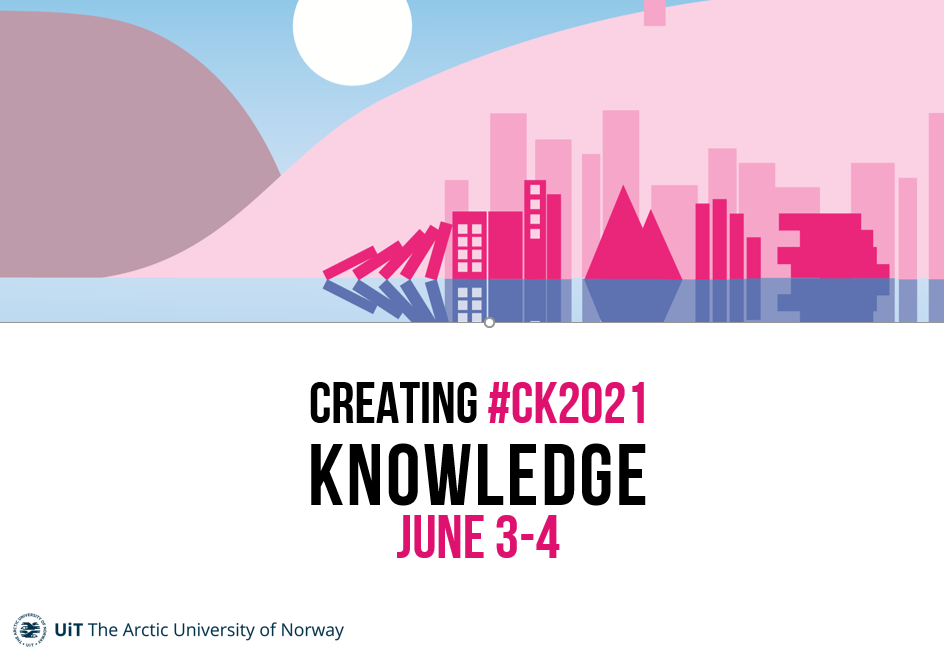How to create and develop writing centres
Challenges and experiences on collaboration and pedagogical development within two Norwegians writing centres in Higher Education
DOI:
https://doi.org/10.7557/5.5852Keywords:
academic writing, writing centreAbstract
This roundtable addresses how two Norwegian writing centres –in different stages of establishment and settled within different constitutional frames –handle staff policy and aim to facilitate academic writing to their target group and main users, namely the students.We will structure the discussion around four main themes that we juggle in our daily work:
1.Using strategic plans to promote academic writing development and student throughput
2.Co-creating learning activities with and for MA students
3.Keeping up with the Library and Faculty
4.Strengthening and further developing academic writing in HE
Attendees at the roundtable will be invited to discuss and participate in a dialogue on the way in which writing centres can improve the students’ writing process; why we find teaching and preaching academic writing to be an important skill, and how we can co-create learning activities in libraries and writing centres with academic staff and students. We will also touch on the issue of legitimacy, and how writing centre activities can be moved from the periphery to the centre of the institution and its pedagogical mission. The audience will leave with ideas and inspirations on how to facilitate and build good writing centres in collaboration between staff, librarians and experienced students.
Metrics
References
Bakhtin, M. M. (1987). Speech genres and other late essays. Retrieved from https://ebookcentral.proquest.com.
Brodersen, R.B., & Kavli, S. (2019). “Students can write!”: How can students explore and improve their writing by using different academic genres, sources and voices? Nordic Journal of Information Literacy in Higher Education, 11(1), 39-51. https://doi.org/10.15845/noril.v11i1.2624
Dysthe, O. (2003). Writing at Norwegian universities in an international perspective. In L. Bjørk, G.Bräuer, L. Rienecker and P.S. Jörgensen (Eds). Teaching academic writing in European higher education. Kluwer Academic Publishers.
Dysthe, O., Bernhardt, N., Esbjørn, L. (2012). Dialogbasert undervisning: kunstmuseet som læringsrom. Fagbokforlaget.
Elbow, P. (1998). Writing with power : techniques for mastering the writing process. Retrieved from https://ebookcentral.proquest.com
Heger, S., & Hvass, H. (2018). Skriv og skriv: red din opgaveskrivning. Samfundslitteratur.
Johansen, A. (2012). Skrivemåte og metode. In A. Johansen (Ed). Kunnskapens språk. Scandinavian Academic Press.
Lippincott, J. (2006). Linking the Information Commons to Learning. In D.G. Oblinger (Ed). Learning spaces. Educause. https://www.cni.org/wp-content/uploads/2006/08/Linking-the-Information-Commons-to-Learning.pdf
Wingate, U. (2006). Doing away with 'study skills'. Teaching in Higher Education, 11(4), 457-469. https://doi.org/10.1080/13562510600874268





